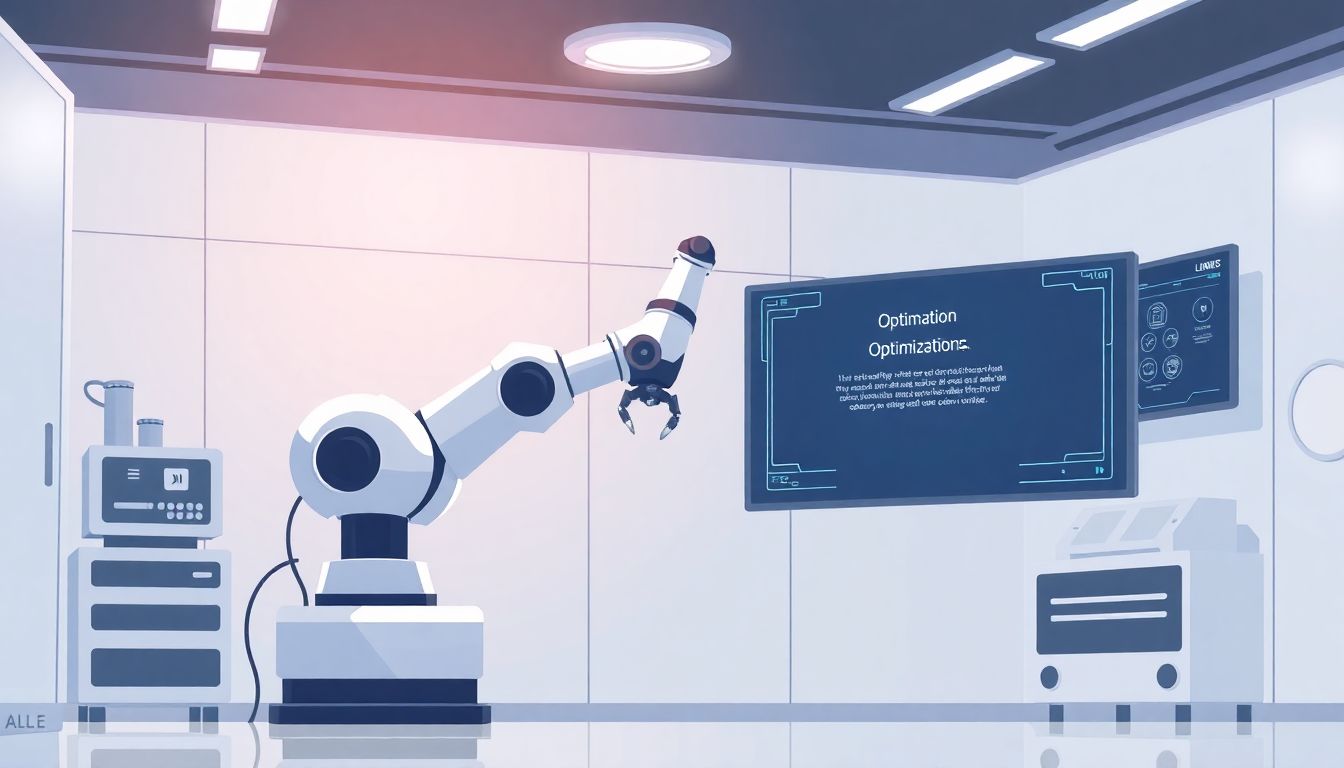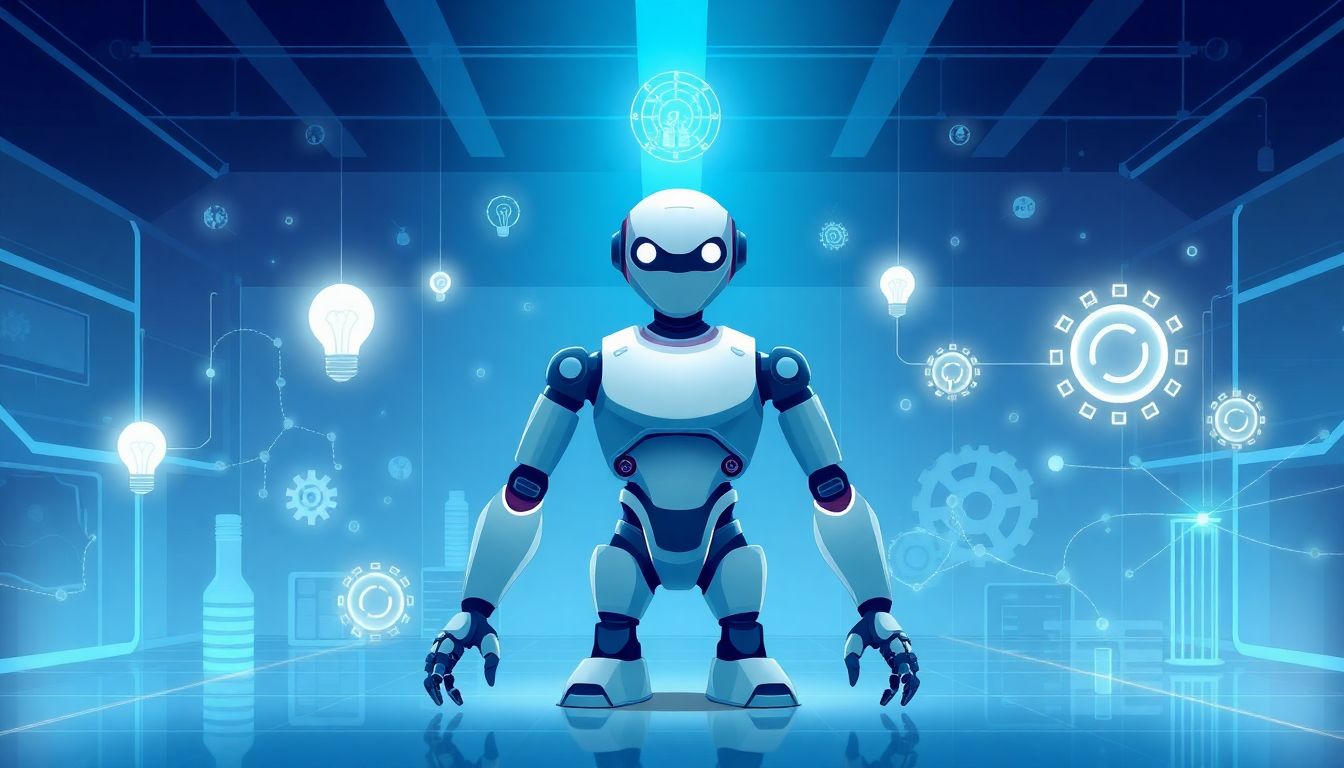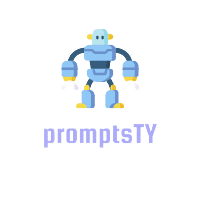Robotics design challenges can often feel overwhelming, right? From conceptualizing innovative functions to troubleshooting pesky issues, it’s easy to get lost in the complexity. You’re not alone in feeling the pressure to create something groundbreaking in such a fast-paced field.
But what if I told you there’s a fun and efficient way to conquer these challenges? By harnessing the power of ChatGPT, you can unlock a treasure trove of creative prompts that will help spark ideas, streamline your design process, and even enhance team collaboration.
In this blog, we’ll dive deep into the best ChatGPT prompts tailored for robotics design challenges. With the right questions, you’ll be well on your way to designing the next big thing in robotics!
Key Takeaways
- Use specific ChatGPT prompts to generate innovative ideas and solutions for robotics design challenges.
- Understanding design obstacles is crucial; identify challenges like mobility, reliability, and cost.
- Ask broad questions first, then narrow down to specific areas for effective ideation with ChatGPT.
- Utilize targeted prompts for troubleshooting common robotics issues and improving performance.
- Prototyping and testing are essential; use prompts to create checklists and evaluation metrics.
- Enhance team collaboration by generating ideas for communication and project management strategies through ChatGPT.

Best ChatGPT Prompts for Robotics Design Challenges
Robotics design challenges require innovative thinking and creative problem-solving skills. ChatGPT can be a powerful tool for generating fresh ideas and solutions. Here are some prompts you can use to kickstart your robotics projects:
- “Generate ten innovative robotics project ideas for enhancing home automation.”
- “List unique features for a robotic assistant designed for elderly care.”
- “Describe five potential applications for swarm robotics in agriculture.”
- “Suggest creative design concepts for a search-and-rescue robot.”
Understanding Robotics Design Challenges
Robotics design challenges are often fraught with engineering obstacles such as limited resources, complex functionalities, and evolving technology. Understanding these challenges can help you develop effective strategies.
Common hurdles include ensuring device reliability, achieving desired mobility, and balancing cost with functionality. For example, designing a robot that navigates uneven terrains can be a significant challenge.
To identify robotics challenges effectively, consider these prompts:
- “Explain the main challenges faced in designing a mobile robot for disaster response.”
- “What are the critical engineering constraints when designing a drone for package delivery?”
- “Outline the difficulties in creating a robot that mimics human dexterity.”
- “Discuss potential safety issues when developing autonomous robots for public use.”
How to Generate Creative Design Ideas with ChatGPT
Generating creative design ideas with ChatGPT is all about asking the right questions. Start with broad themes and then narrow down your focus.
Here’s how to leverage ChatGPT for design ideation:
- Identify the area of robotics you’re interested in (like drones, automation, or humanoids).
- Use specific prompts to spark creativity. For instance:
- “Create a list of innovative sensor technologies that can be integrated into an autonomous vehicle.”
- “Brainstorm design features for a robotic arm that increases productivity in manufacturing.”
- “List advantages and drawbacks of using 3D printing in robotics design.”
- Iterate based on the responses. Ask follow-up questions to deepen the conversation.
The goal is to keep the conversation flowing and to explore ideas from different angles. Don’t hesitate to let ChatGPT know if you need more details or a specific focus.
Prompts for Brainstorming Robotics Concepts
Brainstorming concepts for robotics involves generating a variety of ideas, which can then be refined into workable solutions. Here are some effective prompts to stimulate your thinking:
- “Propose five collaborative robot (cobot) concepts for small businesses.”
- “List the top ten functionalities for a robotic tutor in an educational setting.”
- “Generate ideas for robots that could assist with environmental conservation efforts.”
- “Describe a novel concept for integrating AI with robotics for smart homes.”
Using these prompts, you can create a more comprehensive understanding of potential robotics concepts, paving the way for successful design and development.

Effective Prompts for Optimizing Robot Functions
Optimizing robot functions is crucial for enhancing performance and efficiency. With the right prompts, ChatGPT can help you explore ways to improve your robot’s operational capabilities.
Here are some effective prompts to get you started:
- “Suggest modifications to improve the energy efficiency of a mobile robot.”
- “Generate a list of algorithms that could enhance navigation accuracy in autonomous vehicles.”
- “Describe methods for increasing the payload capacity of a robotic arm.”
- “List best practices for programming sensors in a robotic system to maximize output.”
By utilizing these prompts, you can identify specific areas for improvement. This approach not only saves time but also leads to more informed decisions about robot design.
Using ChatGPT to Solve Common Robotics Issues
There are common issues in robotics that teams often encounter, such as sensor malfunctions or software bugs. ChatGPT can be a valuable resource for troubleshooting these problems.
Try these prompts to address issues directly:
- “List common troubleshooting steps for a robotic arm that isn’t responding.”
- “Explain how to debug communication errors between a drone and its control system.”
- “Generate solutions for overcoming battery life limits in mobile robots.”
- “Describe methods to fix drift problems in autonomous navigation systems.”
Using these targeted questions, you can quickly find solutions and gain insights that may not be immediately obvious. This can help streamline your development process and increase project success.
Prompts for Prototyping and Testing Robot Designs
Prototyping and testing are essential steps in the robotics design process. They help validate your ideas and ensure functionality before moving to full production.
Here are prompts specifically designed for this stage:
- “Outline a step-by-step process for creating a prototype of a robotic pet.”
- “Discuss key metrics to evaluate when testing a robotic hand’s gripping strength.”
- “Generate a checklist for functionality tests in a drone prototype.”
- “Describe user testing methods for evaluating a service robot in a hospitality setting.”
By following these prompts, you can establish a thorough prototyping regime. This ensures that you gather meaningful feedback and make necessary adjustments early on.
ChatGPT Prompts for Enhancing Team Collaboration in Robotics Projects
Effective collaboration is vital for the success of any robotics project. Using ChatGPT can facilitate communication and teamwork among team members.
Consider these prompts to improve collaboration:
- “List strategies for fostering communication between hardware and software teams.”
- “Generate ideas for team-building activities specific to robotics projects.”
- “Describe tools and software to enhance project management in robotics development.”
- “Suggest ways to document design decisions and share them with the entire team.”
Implementing these strategies can greatly enhance your team’s workflow and coherence. ChatGPT can assist in generating ideas that encourage a more united and productive collaborative environment.

Leveraging ChatGPT for Research and Development in Robotics
Using ChatGPT in the research and development (R&D) phase of robotics can unlock new insights and streamline innovation.
To harness the capabilities of ChatGPT effectively for R&D, consider the following prompts:
- “Create a list of the current trends in robotics research that could influence future designs.”
- “Provide an analysis of how machine learning is transforming robotics in healthcare.”
- “Generate possible future applications of robotics in urban planning.”
- “Suggest how to integrate environmental sustainability into the development of new robotic systems.”
These prompts can help gather information that shapes the direction of your projects.
Additionally, try asking ChatGPT to summarize research papers or existing technologies, helping you stay updated without sifting through extensive literature.
Practical Tips for Using ChatGPT in Robotics Design
Using ChatGPT effectively can save you time and enhance your creativity in robotics design.
Here are practical tips to maximize your experience:
- Be specific with your prompts. Instead of asking a vague question, provide context, like the type of robot you’re designing.
- Use iterative questioning. Follow up on previous responses to dive deeper into topics and refine your ideas.
- Incorporate examples from current technologies. Prompts like “Find parallels between my design and existing tech” can yield valuable insights.
- Export the chats for documentation. Keep a record of successful interactions for future reference.
These strategies can enhance how you incorporate ChatGPT into your design process.
Conclusion: How ChatGPT Can Streamline Robotics Design Challenges
ChatGPT has the potential to significantly streamline the robotics design process.
By leveraging its capabilities for brainstorming, problem-solving, and R&D, robotics teams can enhance creativity and efficiency.
Whether you are looking to optimize functionalities or foster collaboration among team members, the right prompts can turn ChatGPT into a valuable ally.
Integrating AI into your workflow is not just a trend; it’s becoming increasingly essential for staying competitive in robotics.
FAQs
Effective prompts can include specific tasks, such as “Suggest innovative features for a robotic arm” or “Brainstorm solutions for enhancing a robot’s mobility.” Tailoring prompts to the specific challenge increases the relevance of the responses.
ChatGPT can suggest algorithm improvements, efficiency tactics, and alternative designs based on performance metrics. By framing prompts around specific functions, users can gain insights to enhance existing robot capabilities.
Prompts like “Imagine a robot for daily home tasks” or “Design an autonomous delivery system” can stimulate creativity. Use scenario-based prompts to encourage innovative and practical ideas in robotics design.
Teams can use ChatGPT to generate ideas, collect feedback on designs, and draft project documents. Integrating ChatGPT into collaborative discussions helps streamline communication and enhances the overall design process.
